How a small Danish workshop gave birth to the modern LEGO® brick.

LEGO’s story begins in a tiny carpentry shop in Billund, Denmark, where Ole Kirk Kristiansen weathered the Great Depression by crafting sturdy wooden toys. Within a generation, those toys evolved into an interlocking brick system that still defines creative play today. This chapter traces the crucial early arc, from wood to plastic, from “play well” to “Only the best is good enough,” and from crude blocks to the patented stud-and-tube brick of 1958.
1932–1939: A workshop, a name, and a standard of quality
- 1932: Ole Kirk opens his workshop in Billund and focuses on wooden toys to keep the business alive. The emphasis on craftsmanship becomes the company’s DNA.
- 1934: The company adopts the name LEGO, a contraction of the Danish “leg godt”— play well. The phrase becomes both a name and a north star for the brand.
- Mid-1930s: After a lesson in not cutting corners, the family codifies a principle of excellence. Godtfred Kirk carves wooden signs with the motto “Only the best is good enough” and hangs them in the factory, a visible reminder that quality comes first.

1947–1949: Entering the plastic age
Post war, Ole Kirk makes a bold bet on a new material.
- 1947: LEGO installs its first plastic injection-molding machine (a British Windsor SH). Teams immediately begin experimenting alongside the still active woodworking lines.
- 1949: The company introduces Automatic Binding Bricks, early interlocking plastic bricks that foreshadow the modern system. Their development was influenced by Kiddicraft designs the family examined, and LEGO later formalized rights to that prior work.
Why it matters: These first plastic bricks weren’t perfect, but they proved the promise of consistent, repeatable building elements —something wood could never quite deliver at scale.


1950–1957: Toward a “System of Play”
Through the 1950s, LEGO advances from “loose bricks” to a coherent, expandable building system. New elements (like windows and wheels), tighter tolerances, and a growing catalog encourage kids to build connected worlds rather than one off models, laying the groundwork for themes and sets to interconnect across years.


1958: The modern LEGO brick
- January 28, 1958: LEGO files the patent for its stud-and-tube brick, the critical underside tubes that give bricks reliable “clutch power” and allow complex, stable builds. The design you know today is born.
- Combinatorial magic: With this geometry, six 2×4 bricks of the same color can be combined in 915,103,765 different ways, an oft cited testament to the system’s open ended creativity.


What this era set in motion
Between 1932 and 1958, LEGO established the pillars that still define it today: a quality-first culture, a clear purpose (“play well”), and a precisely engineered system that rewards imagination. These foundations would power the brand’s global rise in the 1960s and 1970s, first trains, then theme parks, then minifigures - and eventually spark a worldwide fan community. (We’ll pick up that story in Part 2.)

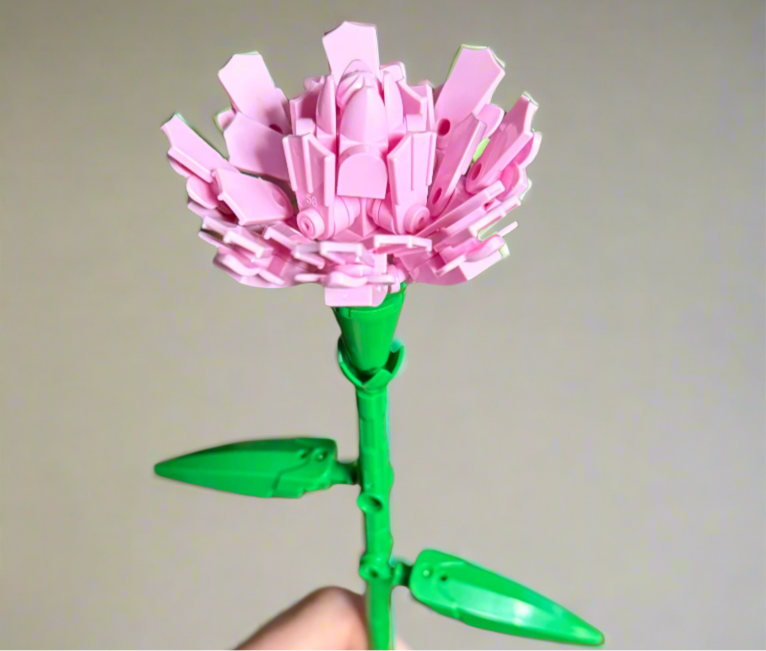
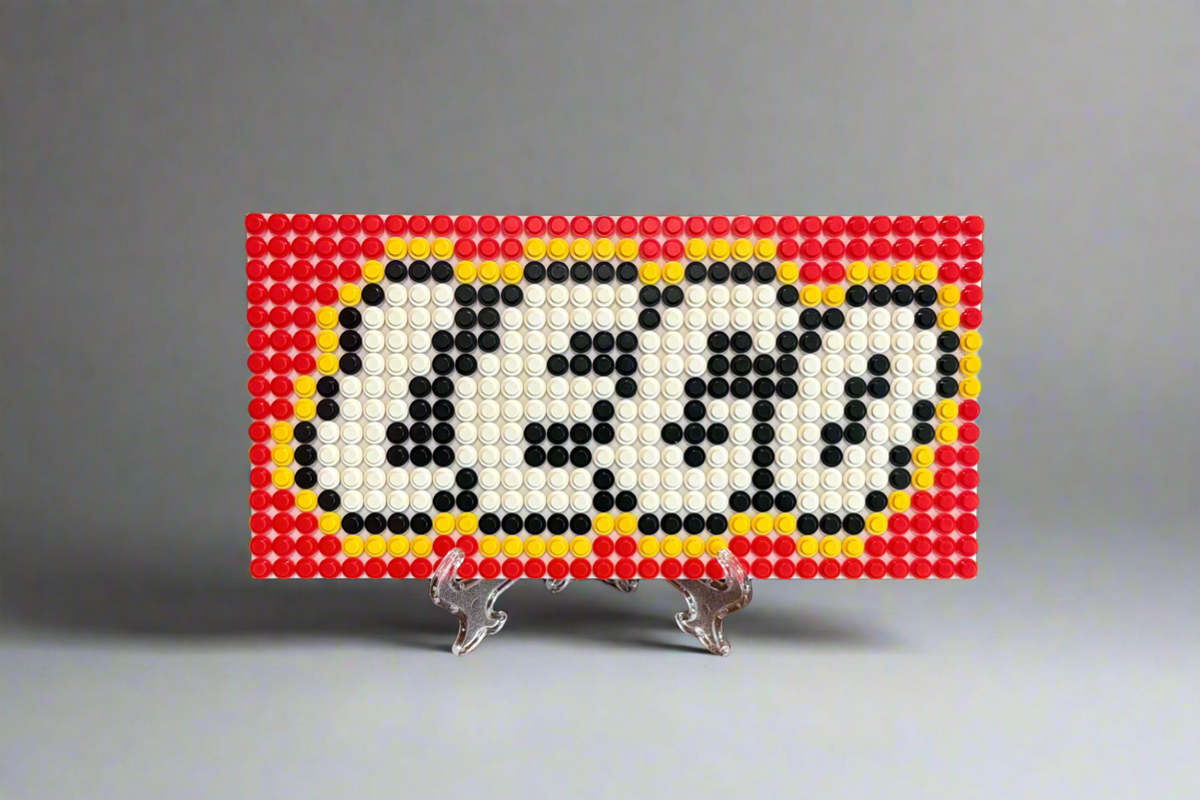
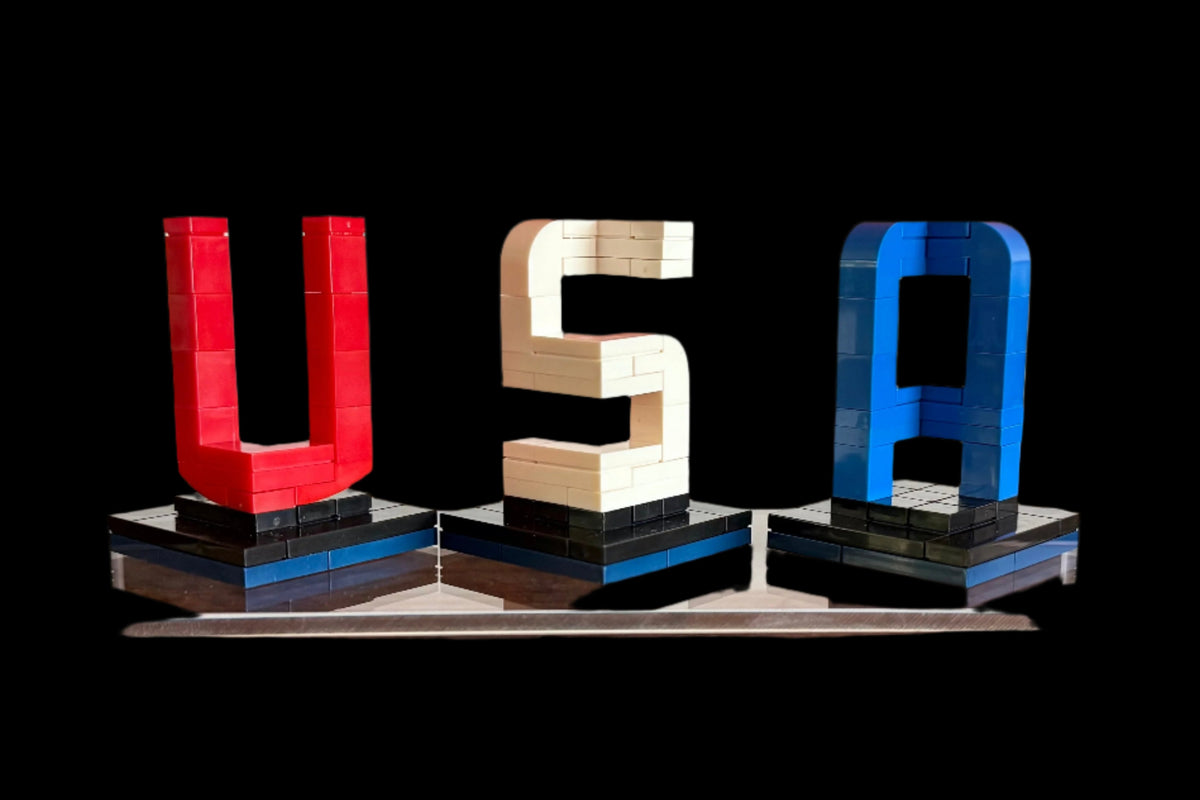
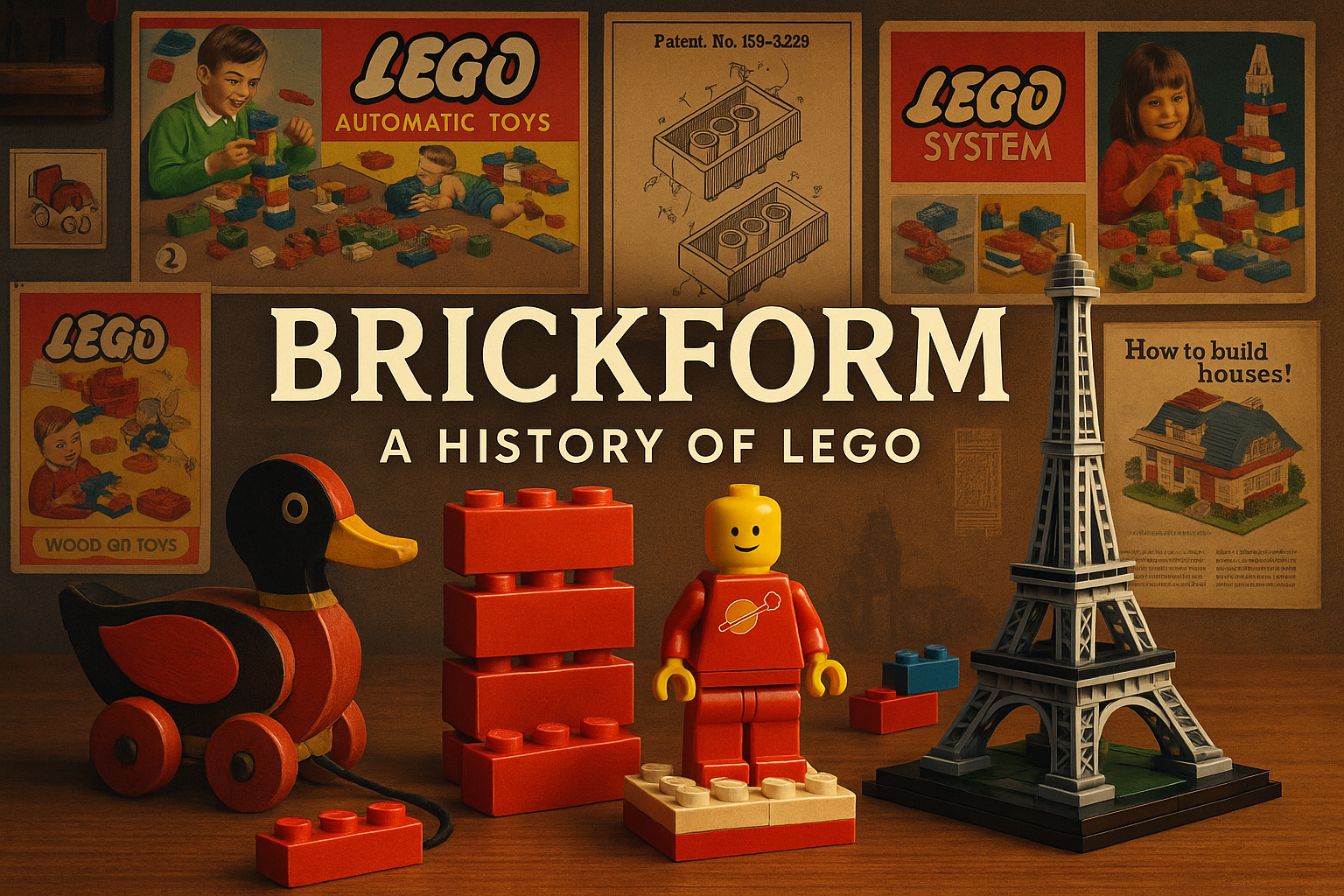



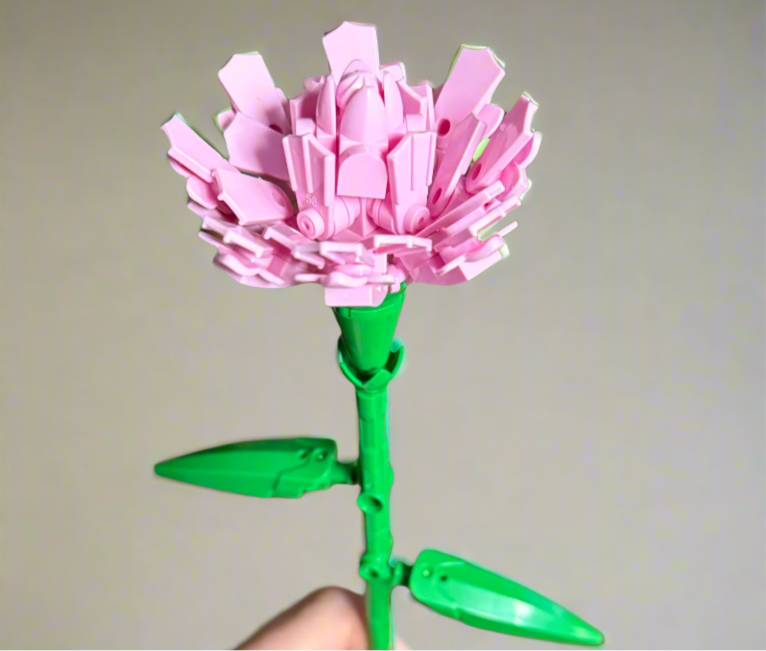
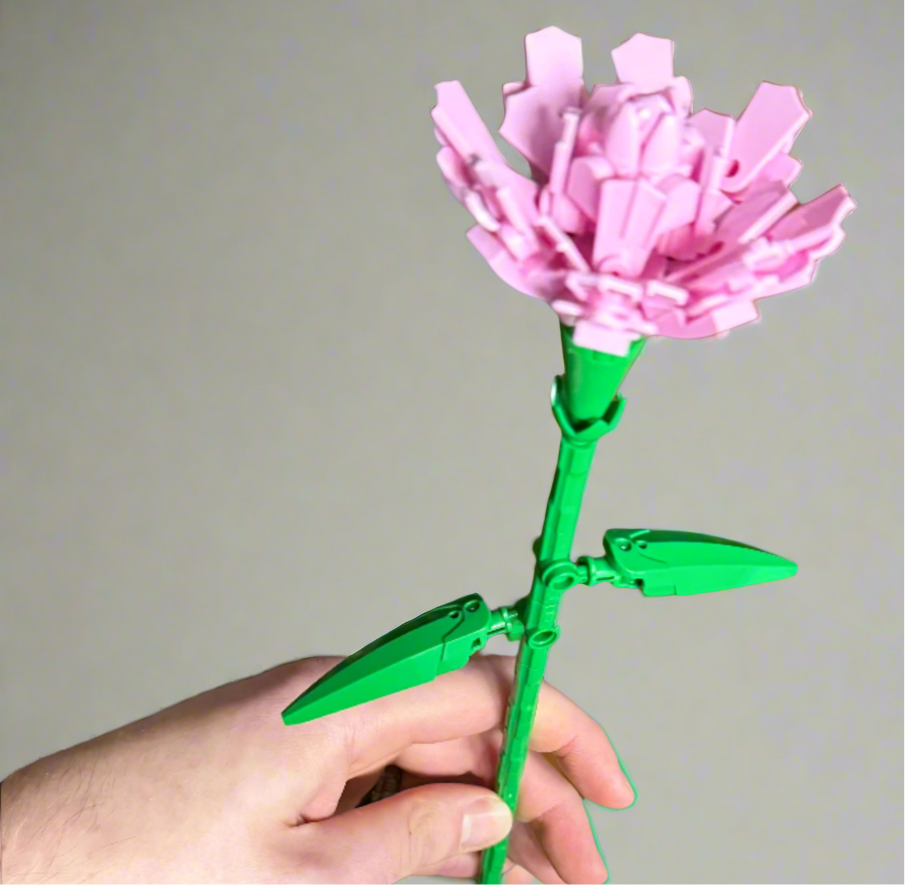
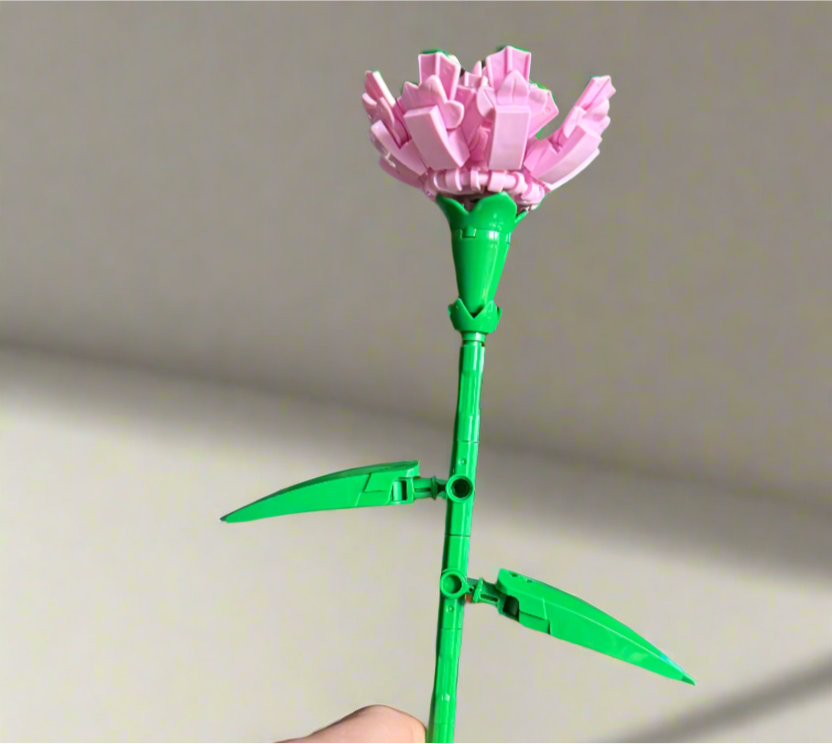
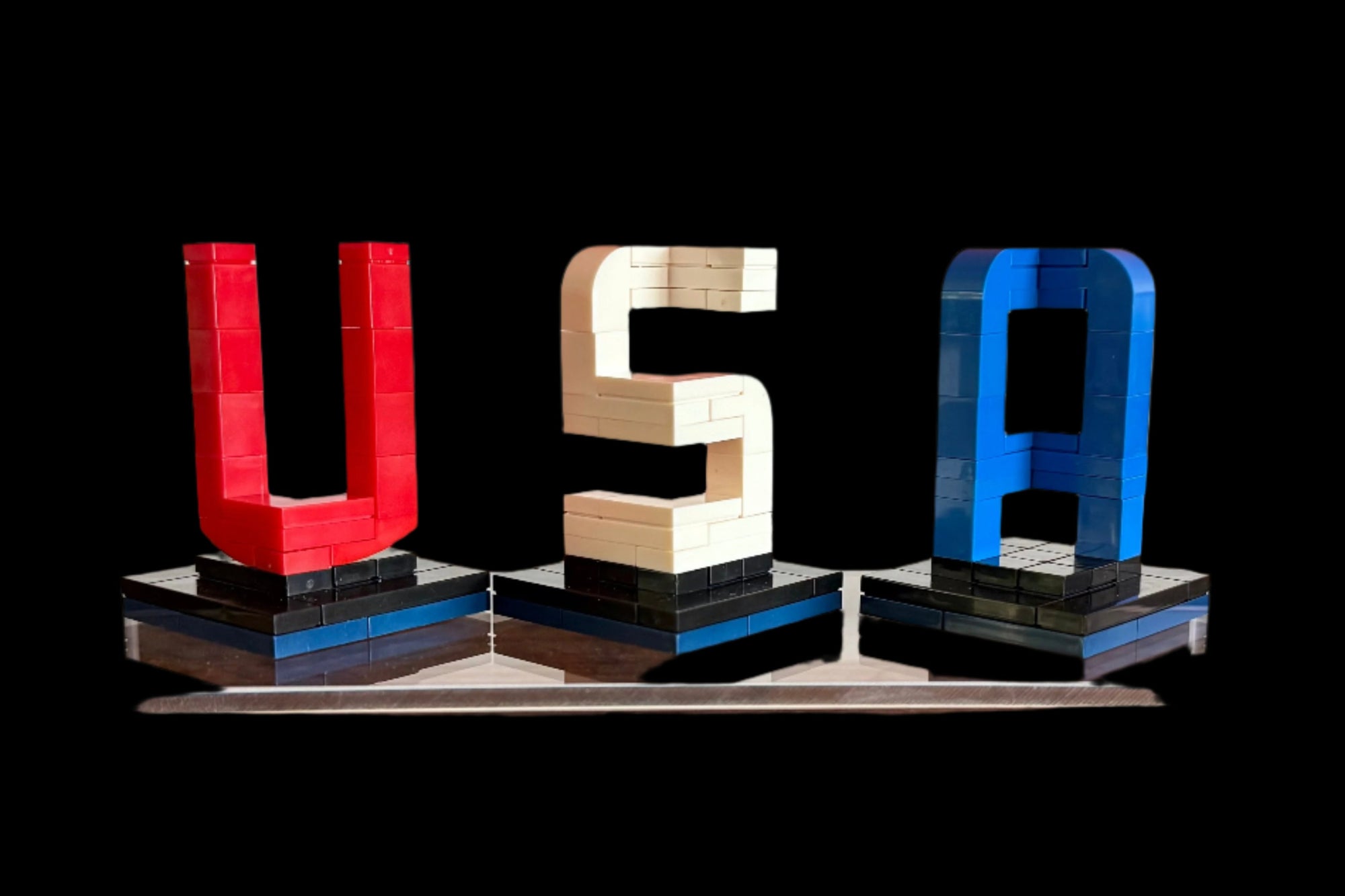
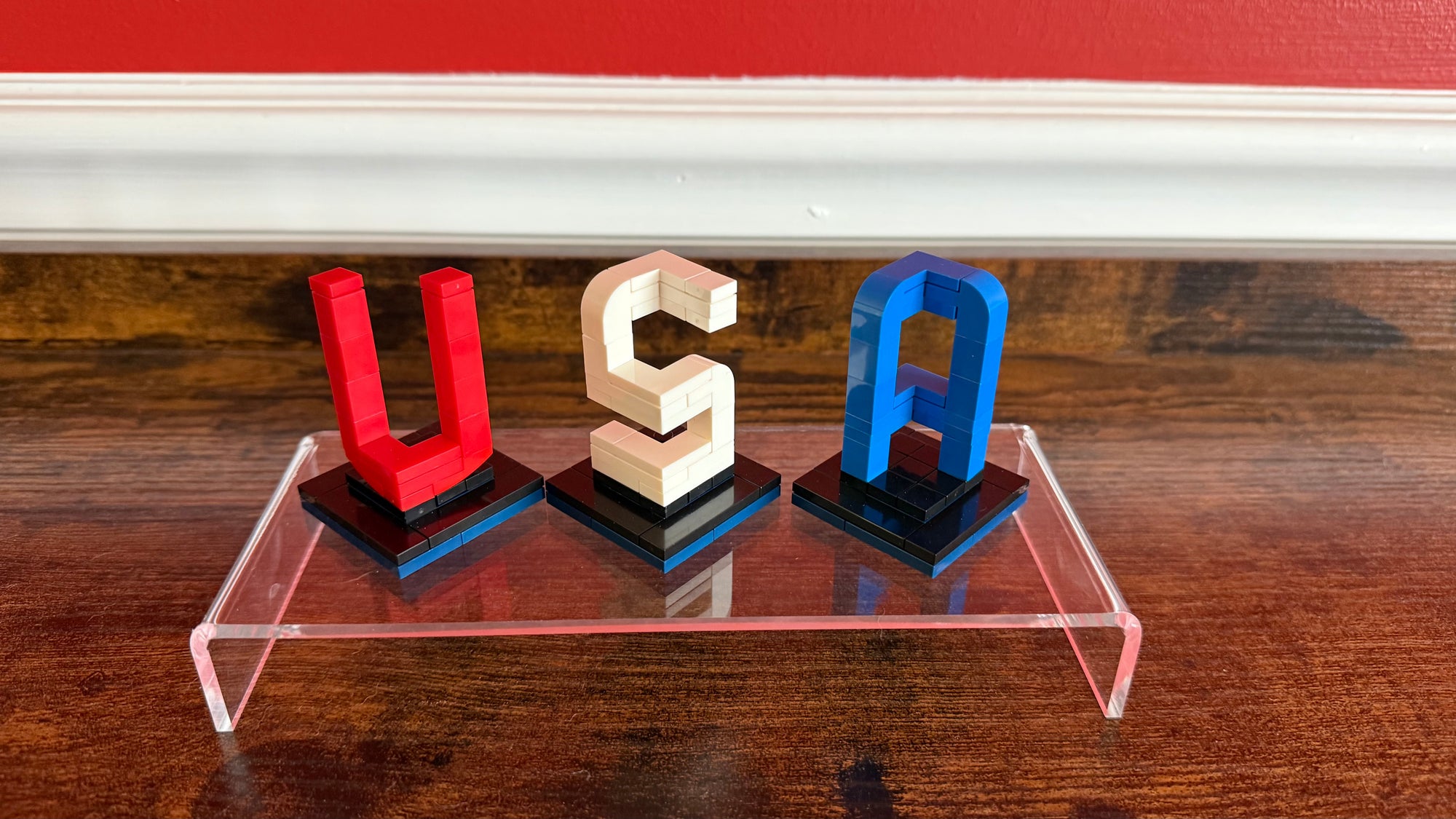
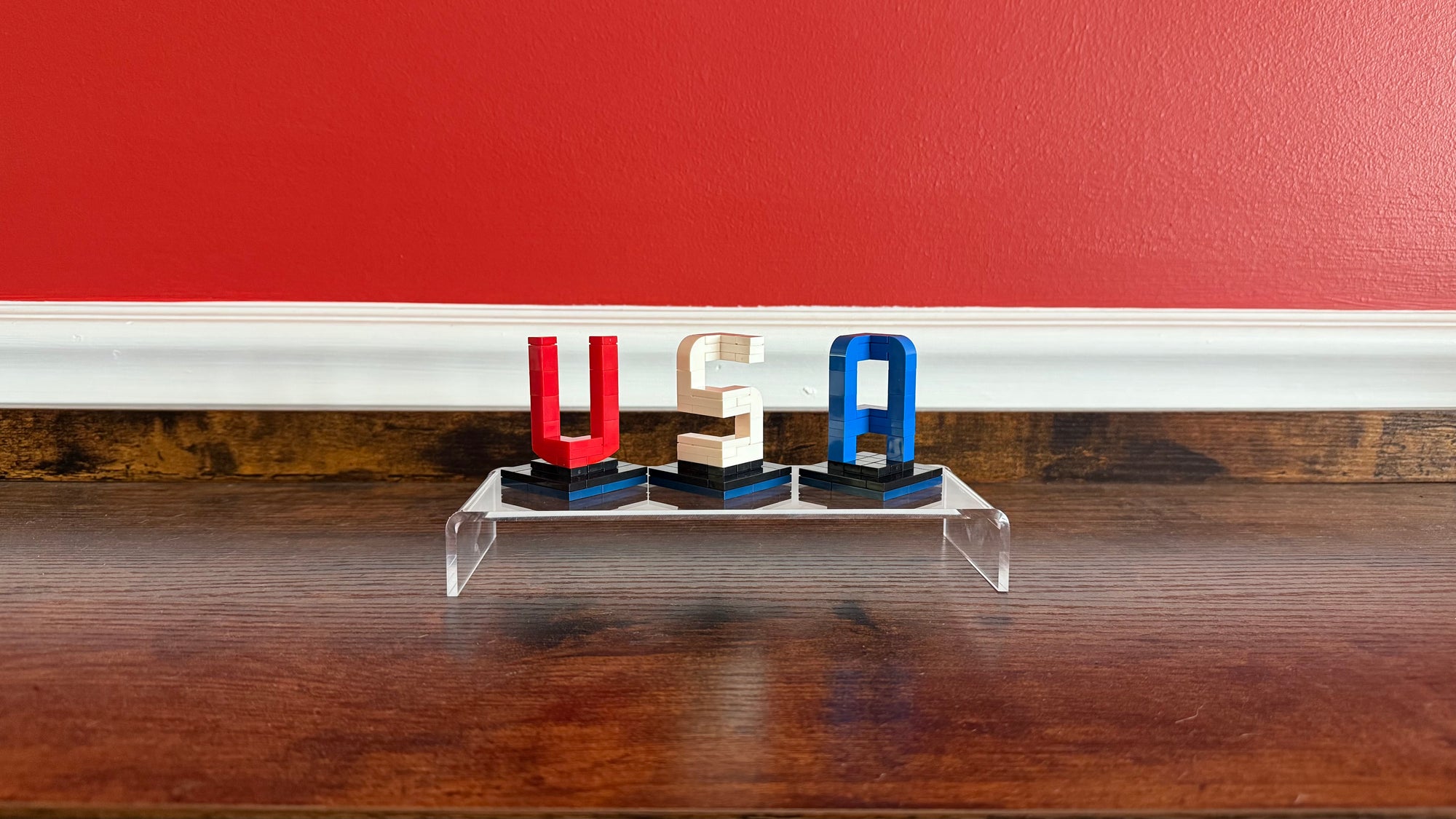
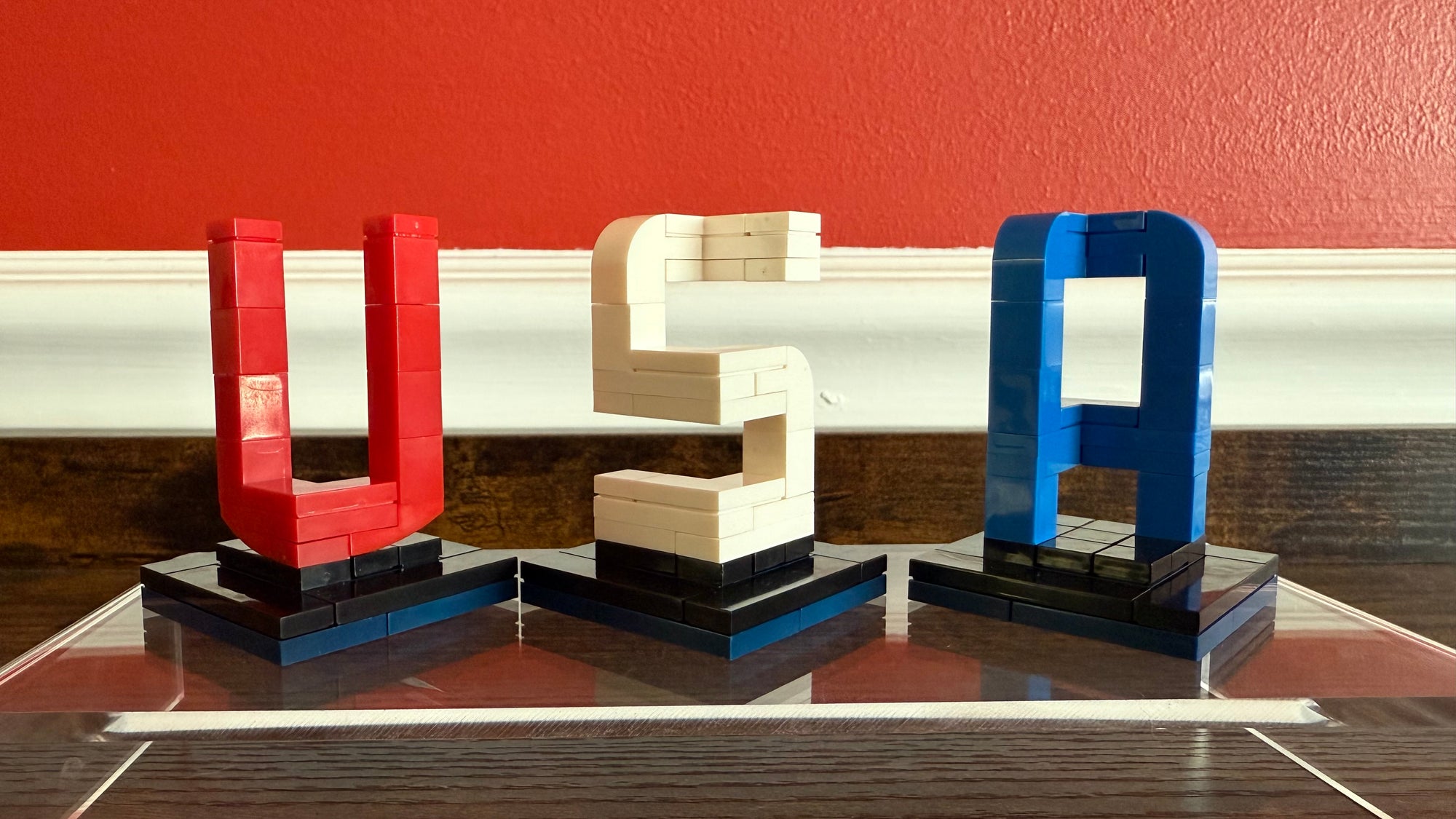
0 comments